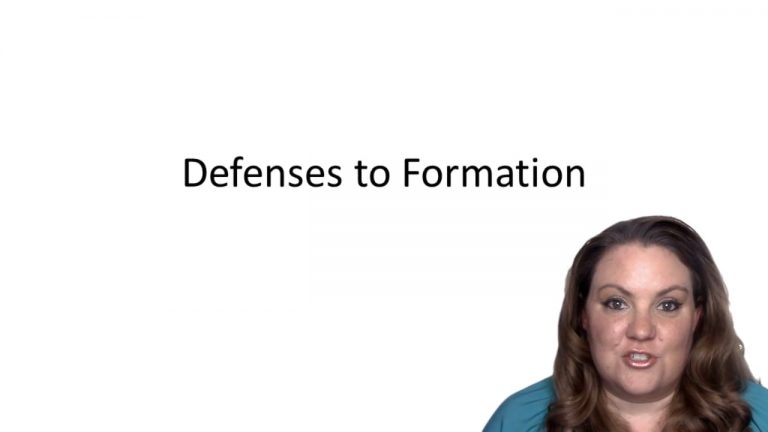Contracts Keyed to Farnsworth
Vokes v. Arthur Murray, Inc.

ProfessorMelissa A. Hale
CaseCast™ – "What you need to know"
Facts
Plaintiff attended a dance party at Davenport’s School of Dancing, a franchise of Defendant. During the evening she was the subject of much praise from Davenport regarding her bright future as a dancer. By the end of the night, Davenport had sold the plaintiff eight half-hour dance lessons for $14.50. Plaintiff thereafter expended a total of $31,090.45 in pursuit of her dream of being a dancer. All the while, Davenport and his associates heaped praise and flattery upon her inducing her to buy more lessons to become as great as she wished. Such praise and flattery went beyond mere sales puffery and into outright dishonesty and deception. In fact, Plaintiff did not develop her dancing ability, and Defendant, through its representatives, knew this to be true.
Only StudyBuddy Pro offers the complete Case Brief Anatomy*
Access the most important case brief elements for optimal case understanding.
*Case Brief Anatomy includes: Brief Prologue, Complete Case Brief, Brief Epilogue
- The Brief Prologue provides necessary case brief introductory information and includes:
Topic:
Identifies the topic of law and where this case fits within your course outline.Parties:
Identifies the cast of characters involved in the case.Procedural Posture & History:
Shares the case history with how lower courts have ruled on the matter.Case Key Terms, Acts, Doctrines, etc.:
A case specific Legal Term Dictionary.Case Doctrines, Acts, Statutes, Amendments and Treatises:
Identifies and Defines Legal Authority used in this case.
- The Case Brief is the complete case summarized and authored in the traditional Law School I.R.A.C. format. The Pro case brief includes:
Brief Facts:
A Synopsis of the Facts of the case.Rule of Law:
Identifies the Legal Principle the Court used in deciding the case.Facts:
What are the factual circumstances that gave rise to the civil or criminal case? What is the relationship of the Parties that are involved in the case.Issue(s):
Lists the Questions of Law that are raised by the Facts of the case.Holding:
Shares the Court's answer to the legal questions raised in the issue.Concurring / Dissenting Opinions:
Includes valuable concurring or dissenting opinions and their key points.Reasoning and Analysis:
Identifies the chain of argument(s) which led the judges to rule as they did.
- The Brief Prologue closes the case brief with important forward-looking discussion and includes:
Policy:
Identifies the Policy if any that has been established by the case.Court Direction:
Shares where the Court went from here for this case.
Topic Resources

 6m 28s
6m 28s